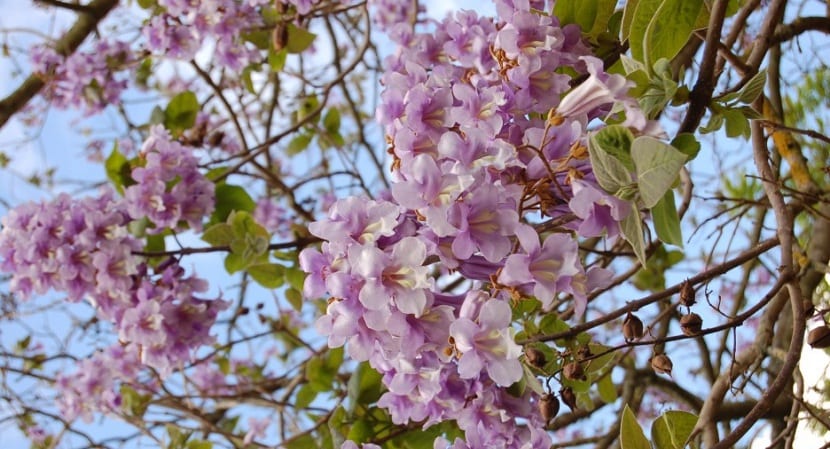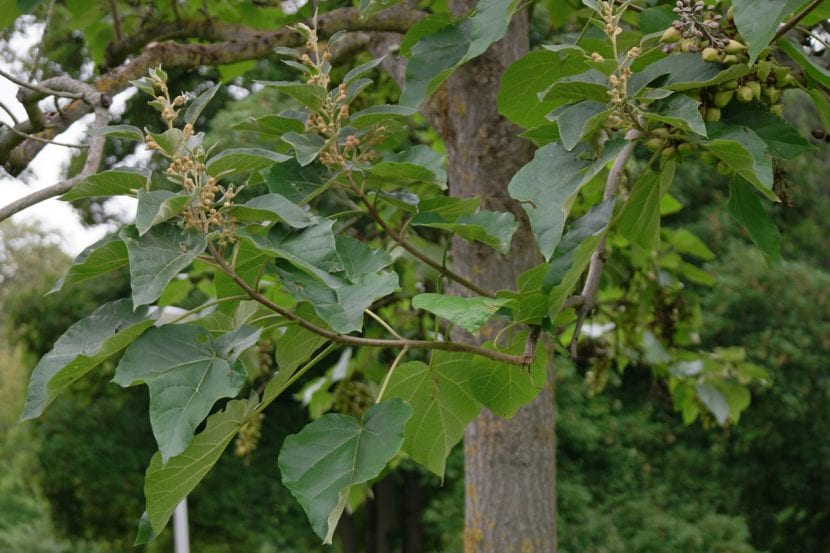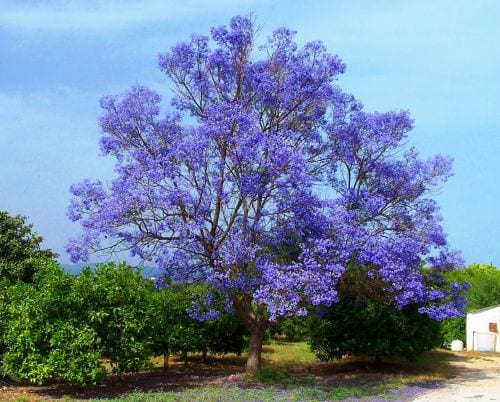
One of the solutions to combat climate change and global warming it is the increase in forested areas. This is because trees absorb the CO2 that we emit in our activities and in transportation. The more green areas there are on the planet, the more CO2 will be absorbed.
Although protect forests and increase their hectares it is vital for our future, the human being insists on destroying them to produce wood or to trade with them. Among all the tree species that exist in the world, there is one in particular that can help us a lot in the fight against climate change. It is about the Kiri.
World state of forests
All over the planet they are being cut down and destroyed about 13 million hectares per year according to data obtained from the UN. Despite depending on trees to live and breathe, we are determined to destroy them. Plants and trees are our lungs and it is the only way we can stay alive as they provide the oxygen we breathe.
The tree that helps us against climate change
This tree that can help us in the fight against climate change is called Kiri. Its scientific name is the empress tree or Paulownia tomentosa. It comes from China and can arrive up to 27 meters high. Its trunk can be between 7 and 20 meters in diameter and has leaves about 40 centimeters wide. Its area of distribution usually occurs at altitudes below 1.800 meters and it can survive in these areas whether cultivated or wild.
A tree with these characteristics corresponds to the normal profile of any tree. But why is it that the Kiri in particular can contribute more than others in the fight against climate change?
All green trees, plants and bushes photosynthesize, absorbing CO2 from the environment to transform it and release oxygen. However, among the characteristics that make the Kiri special to be this candidate to help us against climate change we find its ability to purify the poorly fertile soil around it and also its absorption of CO2 is 10 times greater than that of any other tree species.

Because its CO2 absorption rate is much greater than that of the rest of the species, so is its oxygen generation rate. One of the disadvantages of reforestation is the time it takes for trees to grow and have enough leaf area to be able to contribute to the O2-CO2 balance of the planet. However, the Kiri grows much faster than the rest of the species. It is the fastest growing tree on the entire planet, so much so that in only eight years can reach the same length as an oak about 40 years old. Do you know what that is? A saving of 32 years in reforestation. Making an equivalence to give you a better idea, this tree can grow in normal soil an average of 2 centimeters per day. This also helps that by regenerating its roots and stem growth vessels, it can resist fire better than other species.
This tree has a great capacity for regeneration as it can sprout again up to seven times after being cut. It can also grow in contaminated soil and water and, in doing so, purifies the earth from its leaves that are rich in nitrogen. During its life, the tree is shedding its leaves and when they fall to the ground they decompose and provide nutrients to it. We must mention that if this tree grows in contaminated land or with few nutrients, its growth will be much slower than if it grows in moderately fertile and healthy land. In order for it to survive and grow fairly well in poor and eroded soils, they require compost and irrigation systems.

How was this tree known?
Its name means "cut" in Japanese. Its wood is very precious because it can be pruned frequently to favor its rapid growth and take advantage of it as a resource. In Chinese beliefs and traditions, this empress tree was planted when a girl was born. Due to the rapid growth of the tree, it would accompany the girl throughout her childhood and development, in such a way that when she was chosen for marriage, the tree would be cut down and its wood would be used for carpentry items for her dowry.
Kiri was introduced in Uruguay by the forestry engineer Josef Krall and the trials did not work. They were brought in for their rapid growth but a fungus did not adapt to them. There are species that their genetic variability does not allow them to adapt